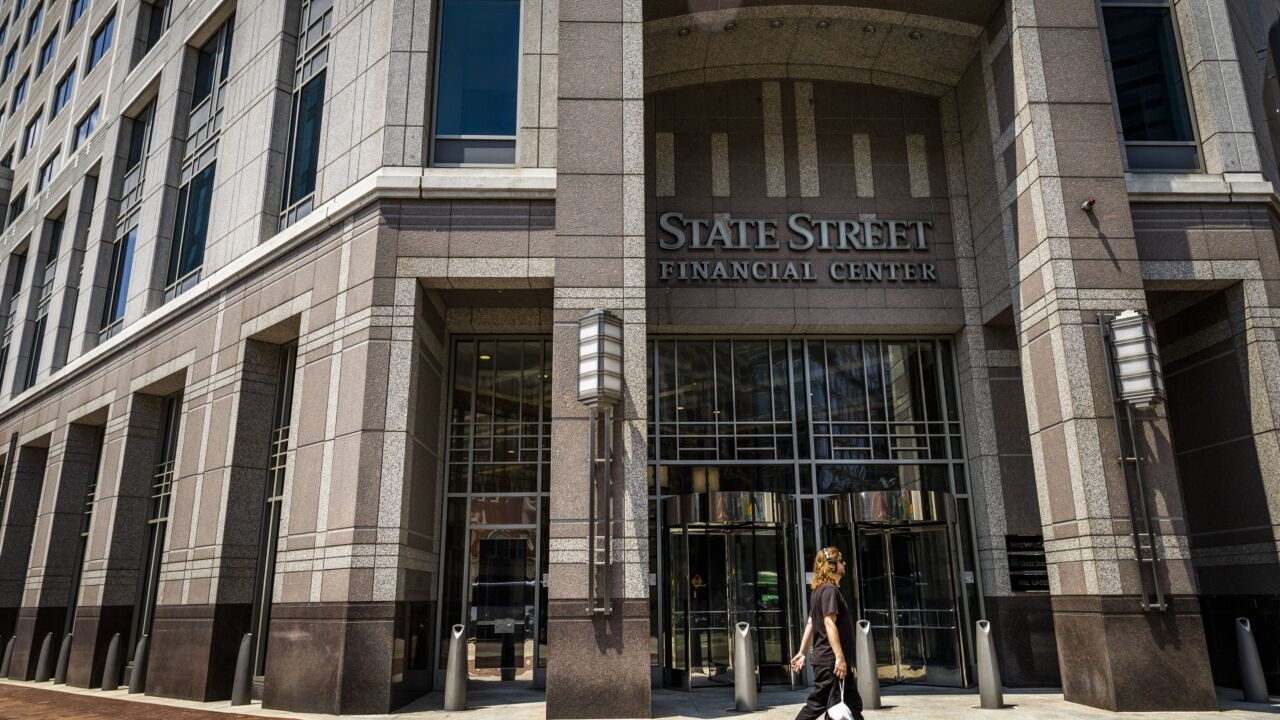The promise of real-time payments and the reality of the market are often at odds. That’s not a bad thing — it’s a sign there are pockets of demand that weren’t originally foreseen.
The commonly anticipated use case for real-time payments is person-to-person transfers, and HSBC announced an update to serve this use case at SourceMedia’s annual PayThink conference on Thursday. HSBC’s Global Transfers Friends and Family now allows real-time transfers to the U.S., with the goal of later adding the ability to send funds from the U.S., according to Carolyn Criscitiello, HSBC’s head of digital payments.
But even this service doesn’t reach the full potential of real-time payments. “There is no doubt the payment systems that we have today are falling short for today’s customers,” Criscitiello said.

The goal is to deliver data in real time alongside the payment. Customers want to know that the wire they sent to purchase property was received, or that the small-dollar transaction on their debit card statement is legitimate.
“Customers are time starved; they don’t have time to go checking their bills all over the place,” Criscitiello said. “They don’t have the time or the luxury anymore to be able to deal with today’s payment system.”
HSBC already supports The Clearing House’s Real Time Payments and Mastercard MoneySend. “What’s next up is sending and value-added messaging,” Criscitiello said. “I think value-added messaging is the real game changer.”
Visa and Earthport
Visa has learned through experience that there are unforeseen opportunities in real-time payments. One of its biggest successes is in the gig economy, where ride-sharing apps use Visa Direct to pay drivers as soon as rides are complete.
Some of the anticipated barriers to adoption aren’t as high as some might believe, according to Gaurav Gollerkeri, head of Visa Direct, during PayThink.

Uber, for example, charges 50 cents per instant payout to most debit cards. It’s a price drivers are willing to pay.
“The last 18 months have taught me that price sensitivity on the small business side is less sensitive than I thought it was going in,” Gollerkeri said. “I just under appreciated the importance of cash flow to some of those businesses.”
Another ride-sharing client saw 70% of its drivers opt to use instant payout in the first eight months the option was available, he said. This service can be used by anyone with a debit card (not just those on the Visa network). This makes Visa Direct nearly ubiquitous in the U.S., but it doesn’t have that reach on a global scale.
That’s where Earthport comes in.
Earthport is “a network of networks,” Gollerkeri said. “As we look around the world, we reach about 50% of humanity with cards today, and the goal is to try to reach everyone who’s banked in some way. Earthport nearly doubles that reach.”
Gollerkeri estimates that with Earthport, Visa has 90% to 95% coverage of the global banked population.
“Markets which are not card penetrated but are banked, we now have an option to get there,” he said.
Zelle and Real Time Payments
Other faster payment systems are finding their own avenues of growth.
But it still hasn’t branched out to other mainstream uses such as point of sale payments.
Paul Amisano, senior vice president of digital and payments strategy for BB&T, says this isn’t about consumer preference for credit cards. Rather, it is consumer preference for the fraud guarantees they get with their card.
“That consumer protection piece is really important,” he said. “That’s one of the reasons right now that you don’t see Zelle at the point of sale.”
Braden More, executive vice president and head of partnerships and industry relations at Wells Fargo, agreed. “There are clear commercial terms with what happens when you’re disappointed with your [card] purchase,” he said.
For a new, instant payment method to take spending away from cards, “It’s that challenge of: How do you create those fraud protections? How do you make sure that people feel like they’re confident to spend?” More said. “At the end of the day, nobody actually cares about the payment, sadly. It’s part of the process of getting what they want.”
Instead, account-to-account transfers have emerged as prominent use cases for real-time payments instead of faster purchases at the point of sale, he said.
There will be more surprises like this as time passes, but these new use cases may not emerge overnight, Amisano said.
“We always kind of overestimate the amount of change that’s going to happen in 12-16 months, and kind of underestimate the amount of change that’s going to happen in 3-5 years, and I think that’s happening here too,” he said. “If we were talking three years ago about where we’d be today, I don’t think you would have quite grasped the volume of Zelle payments, for example, or the new use cases that RTP is really creating.”





